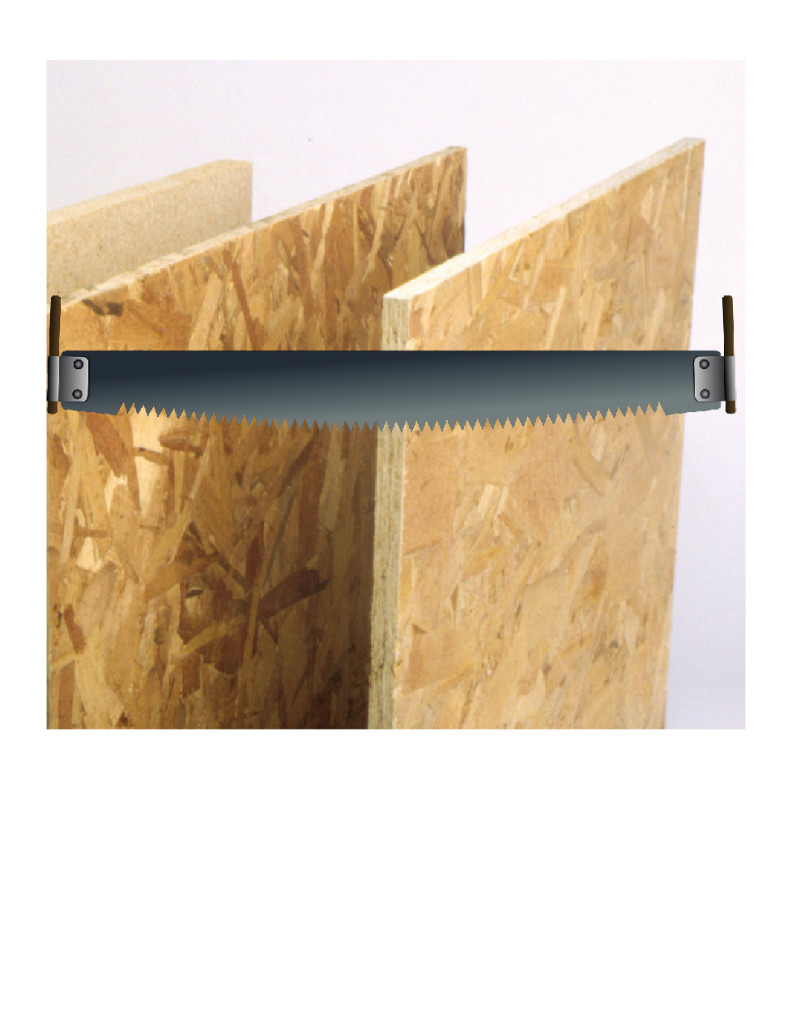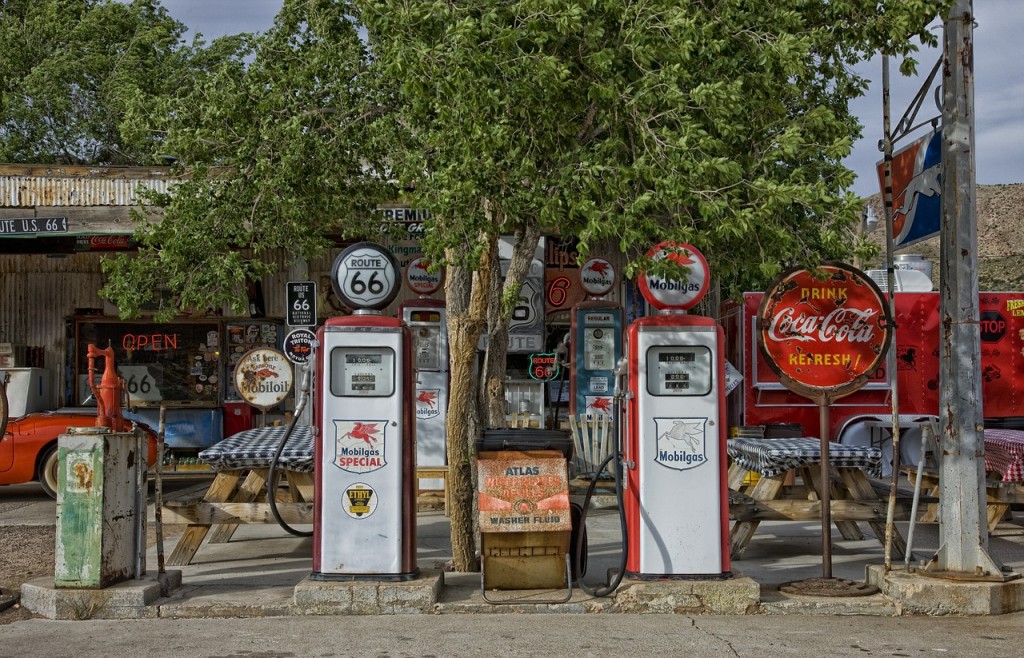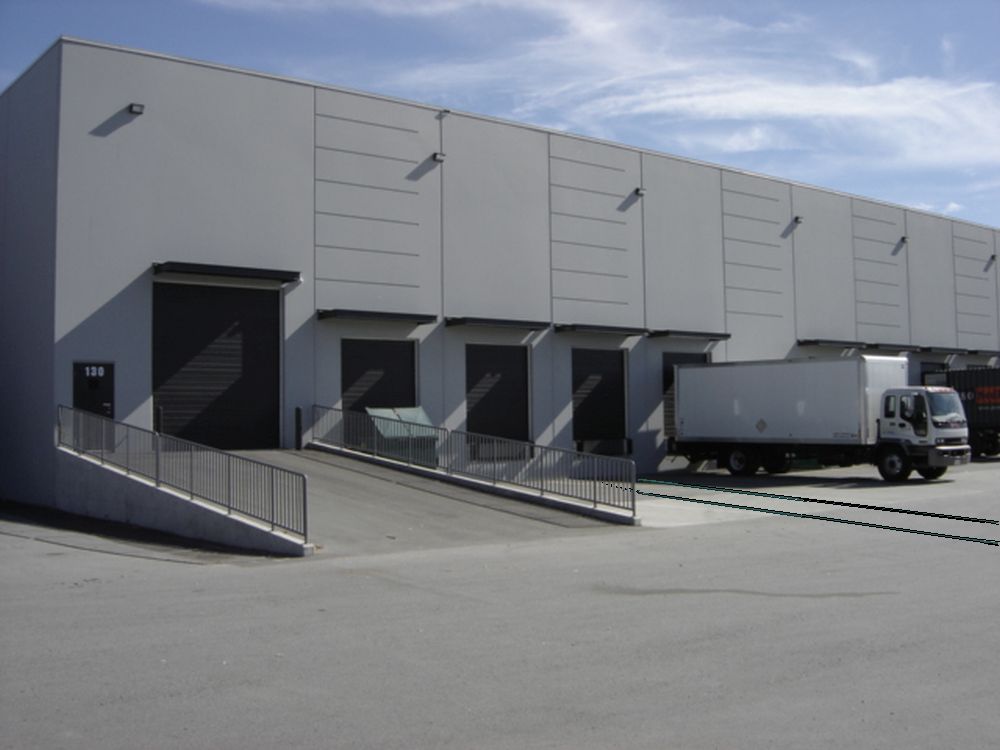Change
My grandfather was a carpenter. In the Finnish community, this was a common profession. Finland is a land of many trees. Many of the immigrants arrived with the practiced skills and tools for working in wood. As a tiny boy, I was fascinated by the two man saws, augers, planes, chisels, files that were used in the craft. I inherited the Audels manuals that taught the methods for building a structure without using any nails. Sharpening was a key skill. Many hours are needed to file and set each tooth on a saw so that it cuts straight and true. This insight transferred into my occupation in custom metal cutting cutter design. The tools themselves are no longer relevant. A two man saw used to cut planks from timbers is not appropriate for cutting 4×8 (In true change fashion now a slightly different metric size) sheets of OSB (Oriented Strand Board). In a earlier age, ancient northern trees were cut down. The trunks were cut into timbers and floated back to civilization. The rest of the tree was left to decompose. As human population grows, it has become necessary to utilize more of the raw materials. Pretty much all of the wood of a tree can be shaved into the flakes that create OSB board. The sharpening skills of craftsmen have been replaced by mass produced cutting edges made from high technology materials.
My first job was pumping gas. This was consistent with my auto mechanic training and automotive design career goals. Not too bad in the summer. Out in open when the weather was bad. Checking fluids was necessity for most patrons. More reliable cars and self serve made all of that go away. A roof over the pumps made the task palatable for the general public. One of the interesting features of change is that old methods come back with a twist. As we adopt driver-less trucks, the gas pump jockey will reappear. Instead of fill the Truck with diesel, the fuel will be liquefied natural gas. Methane has 4 hydrogen atoms instead of 2 per carbon atom in diesel fuel. We need to make a dent in carbon and black soot emissions.
There won’t be quite as many trucks on the road though. Trains are more fuel efficient at moving goods. I suspect that the gentler grades are a big factor. The autonomous technology that guides AGV (Automatic Guided Vehicles) around warehouses will dispatch a myriad of driver-less train cars to the individual train sidings that lie unused around the country. Again this will come back with a twist. The size of the train car will be adjusted to match the sea land container that now dominates the transport of goods. The receiving plants will invest in the track fans needed to directly unload the cargo in the same fashion that multiple truck docks are currently implemented. As is true in most transitions, we will see loading docks with train rails that can also serve as truck docks. In much the same fashion that the ocean shipping converted from bulk cargo to containers, this change will migrate into the rail industry. As always change happens with a twist.



